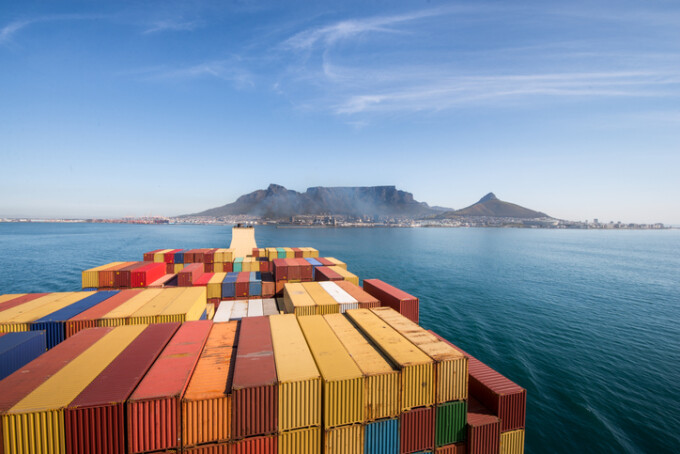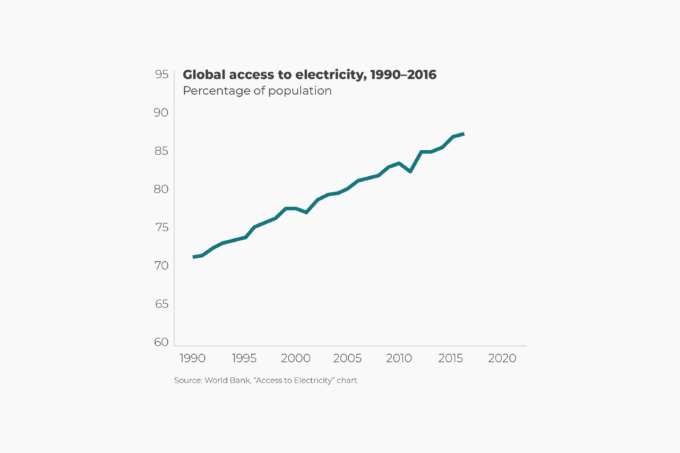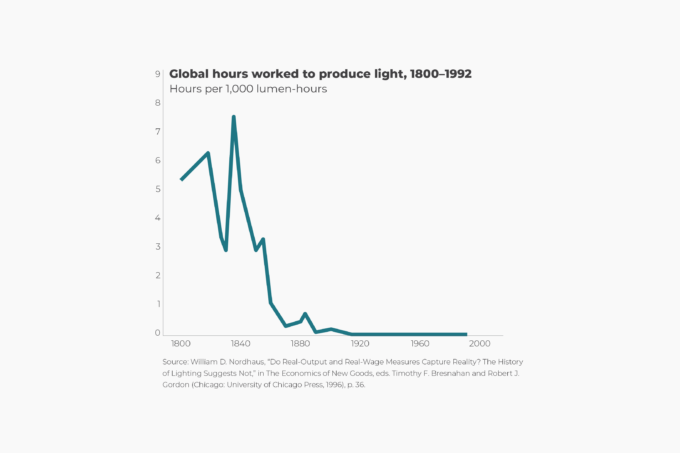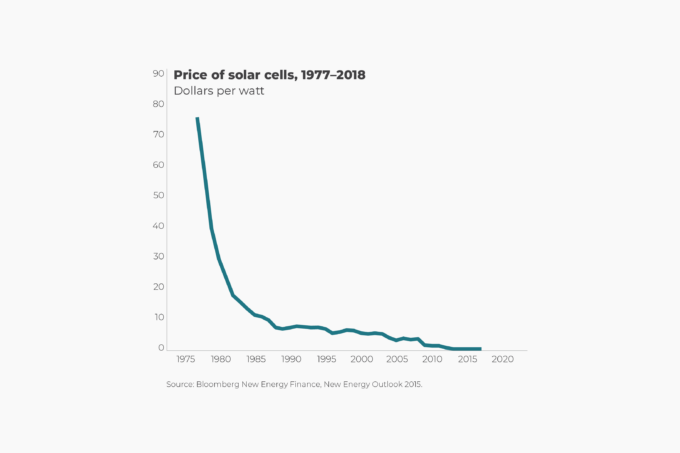“On the social front, there is overwhelming evidence that trade openness is a more trustworthy friend of the poor than protectionism. Few countries have grown rapidly without a simultaneous rapid expansion of trade. In turn, rapid growth has almost always led to reduction in poverty,” writes Columbia University economist Arvind Panagariya. However, freedom of trade has always been impeded by “protectionism,” the economic policy of restricting imports from other countries. Historically speaking, taxes on imports have been the favorite tool of the protectionists. With regard to these “tariffs,” the world has made a lot of progress.
“Applied tariffs” are the taxes that countries actually apply on imports. They are not to be confused with “bound tariffs,” which denote the maximum taxes on imports countries can impose under international trade conventions. As such, applied tariffs tend to be lower than bound tariffs. Singapore, for example, can levy a 9.6 percent tariff on imports from overseas (i.e., a bound tariff). In reality, Singaporean import duties amount to only 0.2 percent (i.e., applied tariff).
Between 1988 and 2017, the applied weighted mean tariff rate on all products declined from 4.8 percent to 2.6 percent. That’s a decline of 46 percent.
South Asia, the world’s most protectionist region, reduced its tariffs from 88 percent in 1989 to 6 percent in 2017. Tariffs in Latin America and the Caribbean fell from 32 percent to 3.5 percent. They fell from 16 percent to 5.7 percent in Sub-Saharan Africa. In spite of a recent bout of protectionism in the United States, American tariffs amounted to only 1.66 percent in 2017. Thus, Europe, North America, and East Asia continue to be the leaders in tariff reduction, though no region is fully exempt from implementing nontariff restrictions on trade, including import licenses, production standards, phytosanitary requirements, administrative and bureaucratic delays, and foreign exchange controls.








